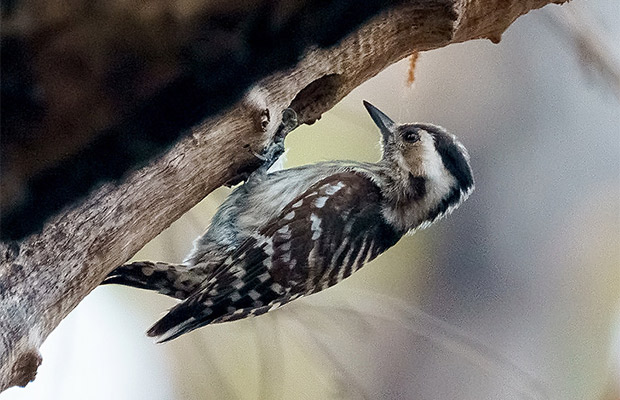
- Travel Name: Kulen Prum Tep Wildlife Sanctuary
- Travel Destination: Oddar Meanchey
The Kulen Promtep Wildlife Sanctuary (Khmer: ដែនជម្រកសត្វព្រៃគូលេនព្រហ្មទេព - Daen Chomrok Satprey Kulen Promtep) is the largest protected area in Cambodia and was set aside to protect the critically endangered, possibly extinct Kouprey. It is located in the northern plains of Cambodia, near the border to Thailand.
The sanctuary contains lowland forest as well as the largest swamp in the country. It is part of the Northern Plains Dry Forest Priority Corridor.
The Cambodia Wildlife Sanctuary is a one-million-acre jungle and wildlife conservation project. Founded in 2004 in partnership with the Cambodian government, the Sanctuary is committed to protecting and rehabilitating diminishing jungle habitat and wildlife, as well as employing and empowering the local community. Previously known as the Kulen-Promptep Sanctuary, the Cambodia Wildlife Sanctuary is located in the provinces of Preah Vihear, Siem Reap, and Odor Mean Chey.
The Sanctuary is a one-of-a-kind conservation project, as the region is one of the richest--and largest--remaining examples of Indochinese dry forest biome. The defining feature of this vast, largely flat landscape is extensive, lowland, savannah-like, deciduous dipterocarp forests, occurring in a complex mosaic with seasonal wetlands, semi-evergreen forests, and grasslands. The concentration of globally threatened species in the Sanctuary is exceptional. The area is a last refuge for, or maintains a key population of, thirty-six species on the International Union for the Conservation of Nature (IUCN) Red List, including six listed as Critically Endangered. Notable among these are the Giant and White-shouldered Ibises (whose global population is estimated at less than two-hundred-fifty individuals for each species, and for which the Sanctuary is one of the most important breeding sites known). Another Critically Endangered species, Wroughton's Freetailed Bat, is only known from the Sanctuary and one site in India. Other highly threatened species at the Sanctuary include Tiger, Asian Elephant, Banteng, Eld's Deer, Greater Adjutant, White-backed and Slender-billed Vultures, Sarus Crane, Siamese crocodile, and several turtle species.
To conserve this rich forest environment and associated wildlife, the Sanctuary takes a well-rounded, multi-stakeholder approach, focusing equally on animal rescue, environmental protection, and community empowerment. To protect threatened native species, the Sanctuary is committed to rescuing and rehabilitating local wildlife, returning animals to the wild whenever possible. The required wildlife veterinary care serves the added benefit of creating a foundation for scientific information gathering, storage, and distribution--the lack of which is an obstacle to sound planning for biodiversity throughout Cambodia. Along with regular patrol, stable employment opportunities empower local Cambodian communities to protect the Sanctuary from illegal logging and poaching. Among other things, the Sanctuary utilizes clear-cut spaces to grow fruits and vegetables, feeding team members and volunteers from its own gardens whenever possible.
The Sanctuary is financed through an ethical eco-volunteer program, as well as through private donations. We are so passionate about what we are doing, that we would love for you to be a part of our journey. Please visit our social media pages to see what we’re doing regularly. Better yet, check out our volunteer information here to plan your next visit. If you are interested in donating, you can find more information here.
Our Mission
The Cambodia Wildlife Sanctuary is a one-million-acre animal and environmental conservation project. A multi-stakeholder initiative, the Sanctuary is committed to rescuing local wildlife, preserving the rich forest biome, and providing sustainable community employment.
- Area: 4,025 km²
- Established: 1993
- Location: Siem Reap Province and Preah Vihear Province, Cambodia

Copyright © 2025, Cambo Tours & Travel - Discover Authentic Travel Experience, All Rights Reserved.